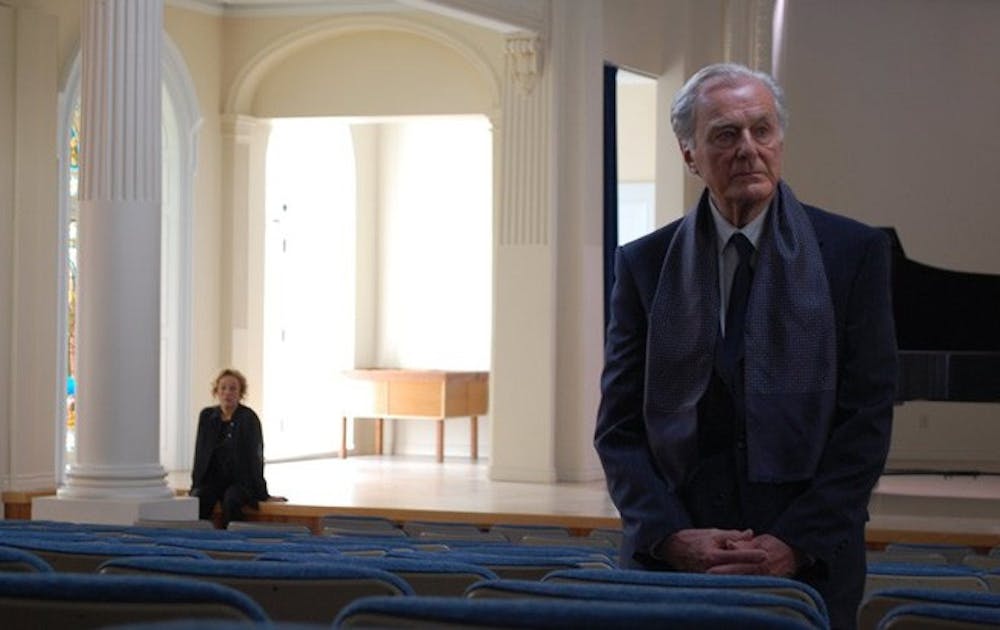It’s often easy to ignore shorts in the Oscar race. When films like The Hobbit and Les Miserables have run times of over two and a half hours, a two and a half-minute animated short can seem irrelevant, but shorts are an art form in their own right.
Short subject films have been a pivotal part of the Academy Awards since its fifth annual broadcast in 1932. Despite the fact that short films had existed since the dawn of commercial film, they did not emerge as a separate art form until the success of the first talkie, The Jazz Singer, in 1927. The introduction of sound, especially dialogue, into the films permitted directors to seek greater depth. Films became longer and more complex, leaving short subject films to grow into a category of their own.
Today, shorts are the hidden gem of the Oscar season, since most aren’t likely to be visible to a wide audience. Yet, the smaller audience size grants a certain type of liberty to many filmmakers; because they aren’t trying to appease the studios, filmmakers need only heed their artistic sensibilities. Accordingly, shorts provide a snapshot into a filmmaker’s perspective, whether quirky, introspective or dark. The live-action and animated shorts the Academy has chosen to recognize this year are no exception as each embodies a very distinct and uninhibited characteristic of film that is usually absent in major motion pictures.
At the fifth Academy Awards, Walt Disney’s Flower and Trees won the first Oscar for Best Animated Short. With this year’s batch of short subject animated movies, we have had a return to the classics. All nominated shorts are completely absent of dialogue and barely any use of computer-generated images. Disney once again produced a front-runner with Paperman, an homage to classic animation styles. Its popularity on YouTube shows that craft and charm can overcome a predictable plot. Fresh Guacamole did away with plot altogether, instead focusing on wit and flawless claymation technique. A clear dud is Adam and Dog, which boasts beautiful, hand-animated imagery but is downright boring. It seems that the Academy was feeling nostalgic in its nominee choices, choosing classic animation and simplified story lines over spectacles of technology and complex plots.
On the other hand, the live action category has only expanded this year, spanning five different countries and five different languages. With such variety, it’s hard to call which short has the most potential for victory. One of our favorites is Asad, an otherworldy collision of whimsy and horror. Any short that elicits laughter amidst Somali pirates, starvation and dead children is a success. An estranged uncle and his Aubrey Plaza-esque niece are the centerpiece of Curfew, a well-acted masterpiece of morbid humor, sentiment and spontaneous dance sequences. On the other hand, Death of a Shadow (Dood van een Schaduw) reeks of unfulfilled potential. It neglects a compelling premise for an over-wrought love story and a wholly predictable ending. Regardless, each short embodied a different space of filmmaking and it is near-impossible to find any common factor beyond length. With no clear standouts, it’s anyone’s guess how the Academy will vote.
Nonetheless, shorts remain a safe haven for filmmakers to explore their artistic capabilities and express themselves without restraint. While short subject movies may not capture large audiences, they embody the nostalgia of film, the contemporary landscape and the future of storytelling—and that combination is not easy to ignore.
The Oscar-nominated short films are screening at Carolina Theatre through Feb. 21. See www.carolinatheatre.org/films for showtimes.
Get The Chronicle straight to your inbox
Signup for our weekly newsletter. Cancel at any time.

